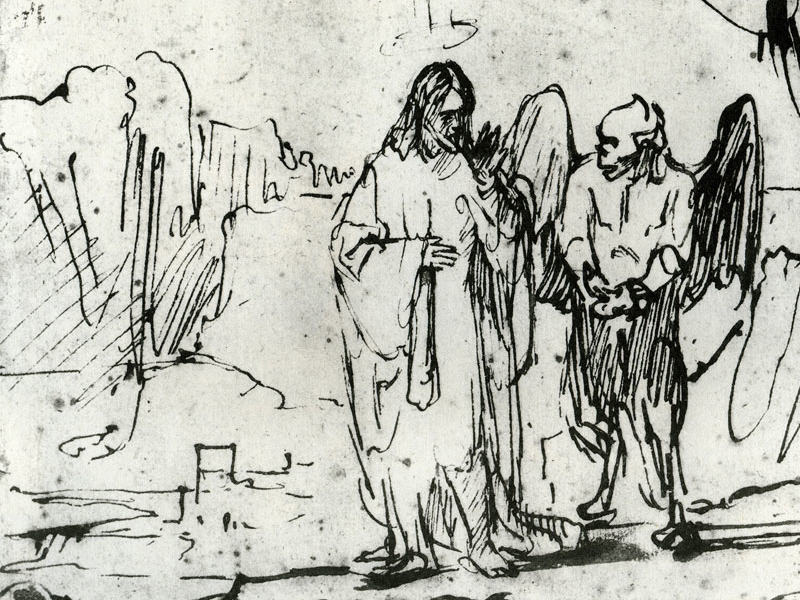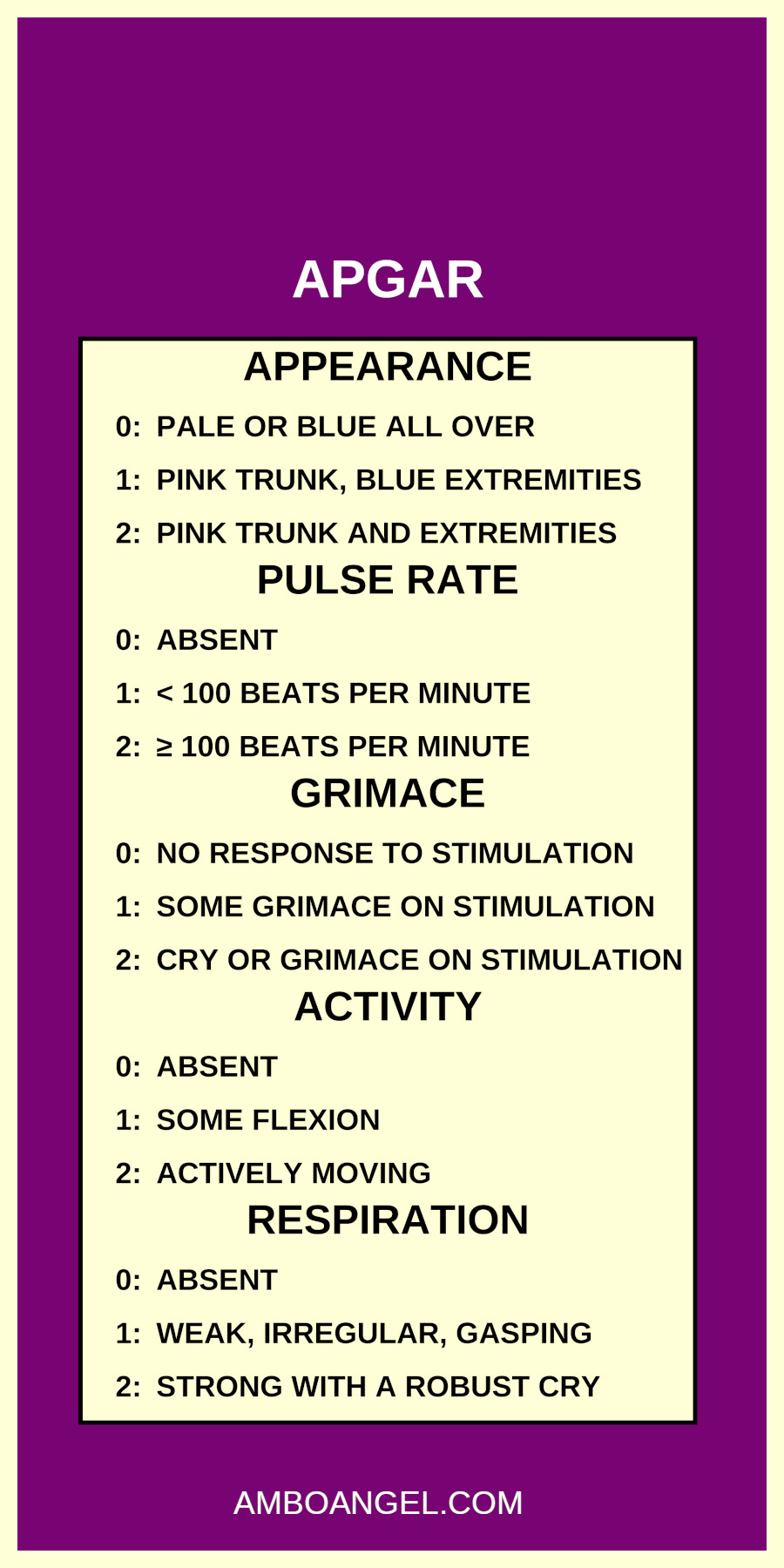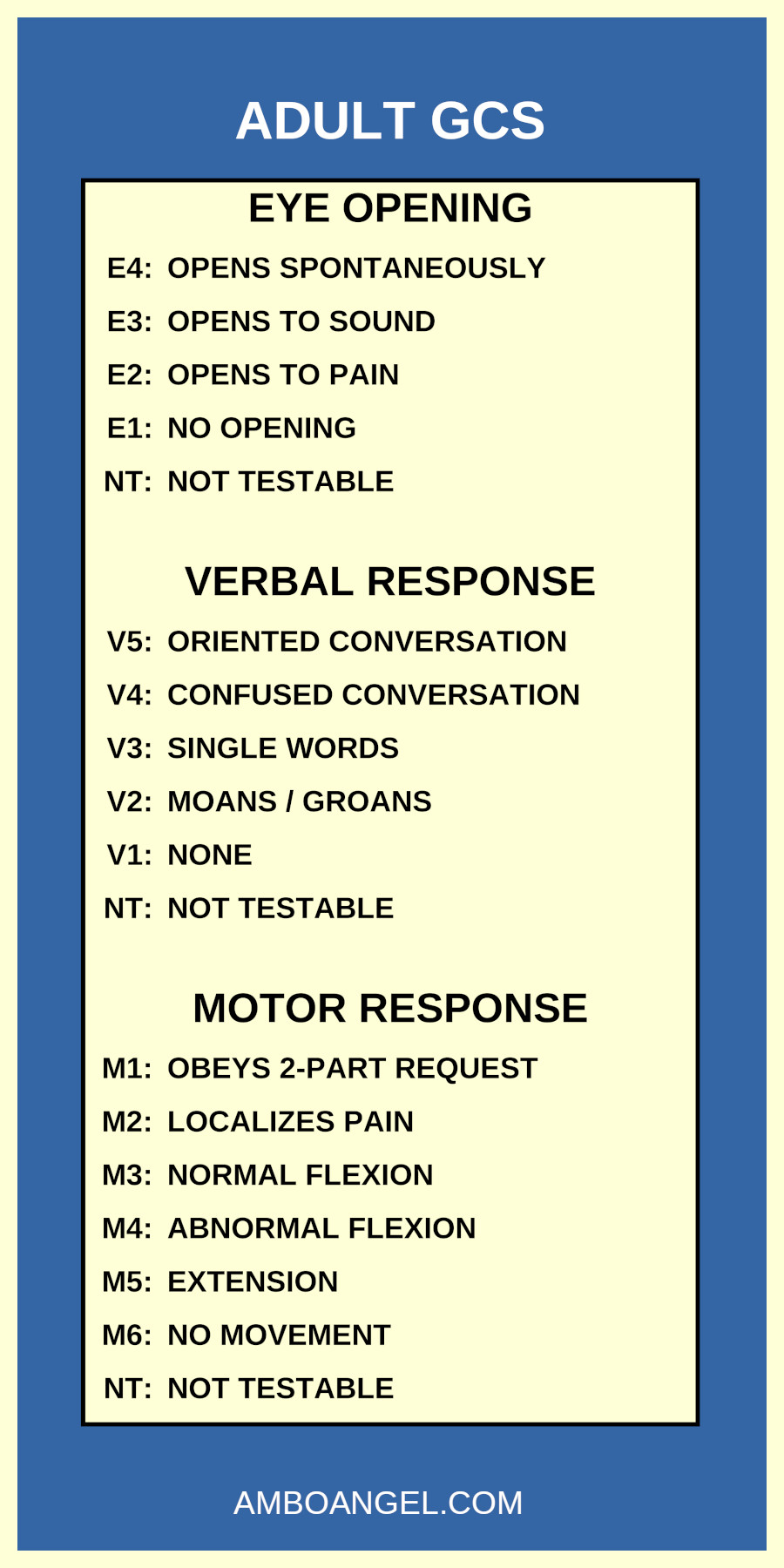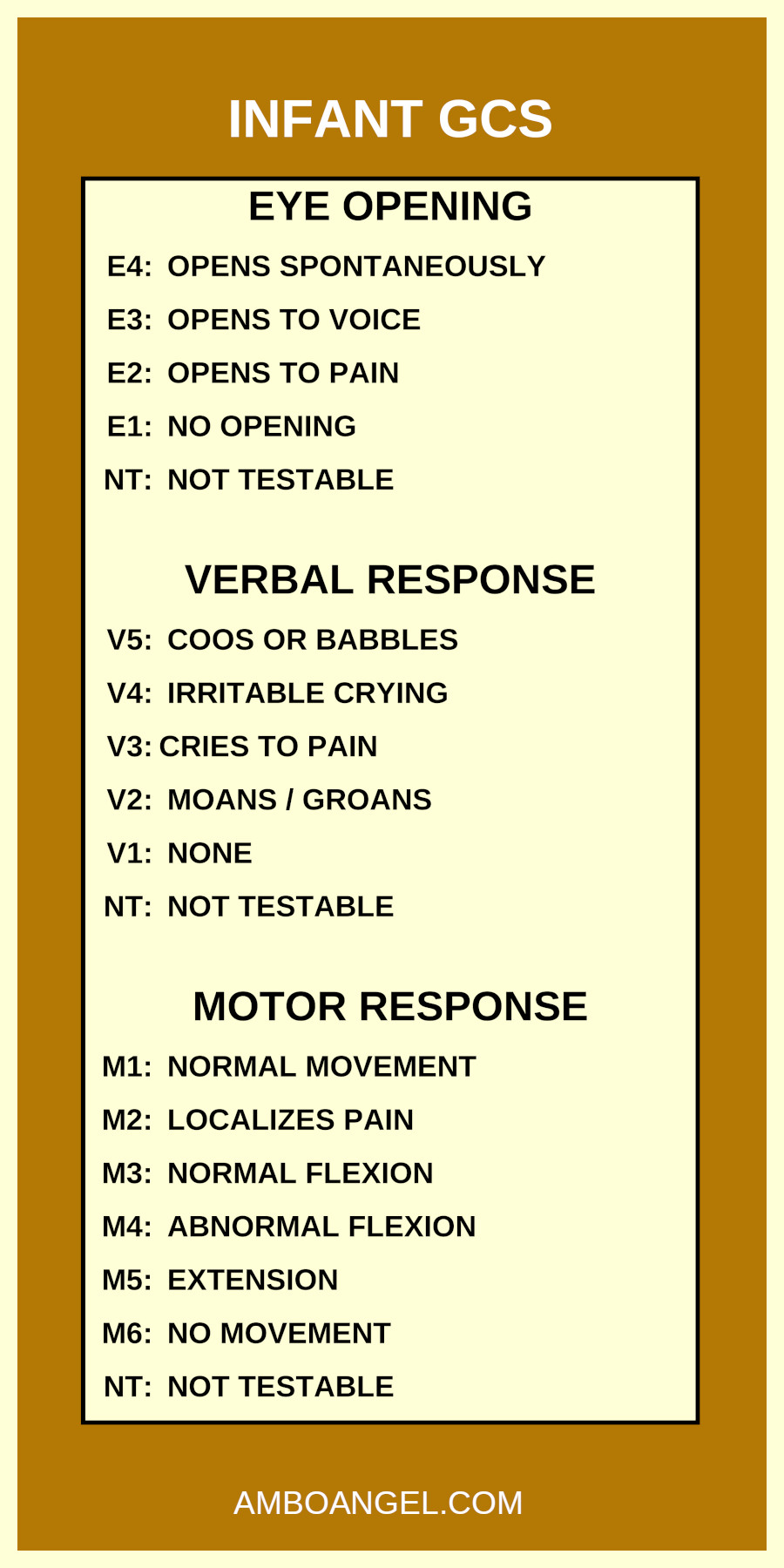Deadtime
Having painfully learned that there is wisdom in the platitude: the Devil makes work for idle hands, I have tried to fill my life with many, diverse activities. This struggle against idleness is one of the factors that led me to EMS.

What I have come to realize from my quest to become a man of action is that the real struggle is not one against physical idleness. The real struggle is against mental idleness, or simply boredom, and boredom often arises while waiting for something to happen. Examples include waiting to pay at a store, waiting for a car inspection, waiting for clothes to dry, or waiting to fall asleep.
Boredom can also arise during physical activities. A good example of this is a commute in a vehicle with a broken audio system. Passive or active, these times of mental dullness are what I collectively call deadtime. This article is going to share some ideas on breathing life into deadtime with a focus on becoming a better emergency healthcare provider.
The Critical Basics
Rudimentary medical knowledge should be second nature to every respectable EMT, but in reality we tend to have difficulty retaining much of what we learn. This is especially true when new to the field, or when required to recall seldom-though-about concepts such as JumpSTART triage. Numbers can also be easily confused. There are many important ones in our education specifically and in our lives generally.
One of the best uses of my deadtime was to master normal vital signs. I started with a sticky note in my Bible that could reviewed whenever I became bored in church. From there I graduated to using commuting deadtime to reinforce what I had learned. And now I continue to occasionally recite them while driving, sometimes reversing them, sometimes mixing them, and sometimes trying to produce them (in various orders) as rapidly as possible.
Determining breathing and heart rates is also good practice. You can practice on yourself, family, and friends, and you can practice counting the breaths of strangers in various situations.
Below are jpegs of the American Academy of Orthopaedic Surgeons (AAOS) 2023 vital sign criteria and of abbreviated APGAR and GCS criteria. They have the proportions of a typical cell phone screen for anyone who wants them as wallpaper.




The other EMS rudiments that need to be mastered and etched into your mind include AVPU, SAMPLE, OPQRST, and DCAP-BTLS.
And mastered and etched does not mean: "Deformities, cuts, uh contusions, abrasions, penetrations, uh, burns, laceration, tenderness, swelling, no tenderness then lacerations and then swelling." It means: Deformities-contusions-abrasions-penetrations-burns-tenderness-lacerations-and-swelling."
Mastered and etched also applies to common assessment questions as well as time-critical protocols.
The NATO Phonic Alphabet
The use of a phonic alphabet was often a required EMS skill prior to the adoption of electronic dispatch. This skill is still good to know because it could clarify spelling in interactions with persons having impaired speech or hearing. It could also be useful in the event of electronic dispatch failure.
The NATO phonic alphabet seems to the most common one. After memorization, it can be easily practiced almost anywhere there is writing. A good form of amusement is to practice while on the road using license plate, bumper stickers, car nameplates, and street signs as material for translation.

The American Sign Language Fingerspellilng
Communicating with American Sign Language (ALS) is another good skill to know that could directly influence patient care. I remember reading an article from a time before portable radios were well developed, that encouraged firefighters to learn ALS so they could communicate while wearing oxygen masks, while being far away from each other, or while being in deafening environments.
ALS has also been touted as a way to allow secret communication behind the back of a security risk, but for an emergency heathcare provider, the main reason to know fingerspelling would be to communicate with deaf patients. There are many remarkable ASL resources online, but here are some wallpapers for your deadtime:


A few words of warning: In the 90s a deaf woman in Los Angeles was shot for using sign language by a thug who thought she was flashing gang signs.
Morse Code
Although there is not much reason to learn morse code these days, it is good to know how to send or recognize an SOS distress signal. The individual letters of "SOS" are transmitted as an unbroken sequence of three dots / three dashes / three dots (• • • — — — • • •). There are no spaces between the letters. There would be a space between repeated signals.
More Activities
Filling deadtime with EMT mental activities should be more than enough defend yourself from the perils of boredom, but if not, realize that similar activities can be enlisted to advance your career. For example, you could memorize the periodic table, the top 200 prescription drugs, or the latin names for our bones.
I have another important motivation for resuscitating deadtime, and it is not to build confidence. I share the opinion that continuing education and mental simulation are important contributors to preventing or slowing neurodegeneration.
The Devil is not going to make work for my idle hands or take my mind without a fight.
